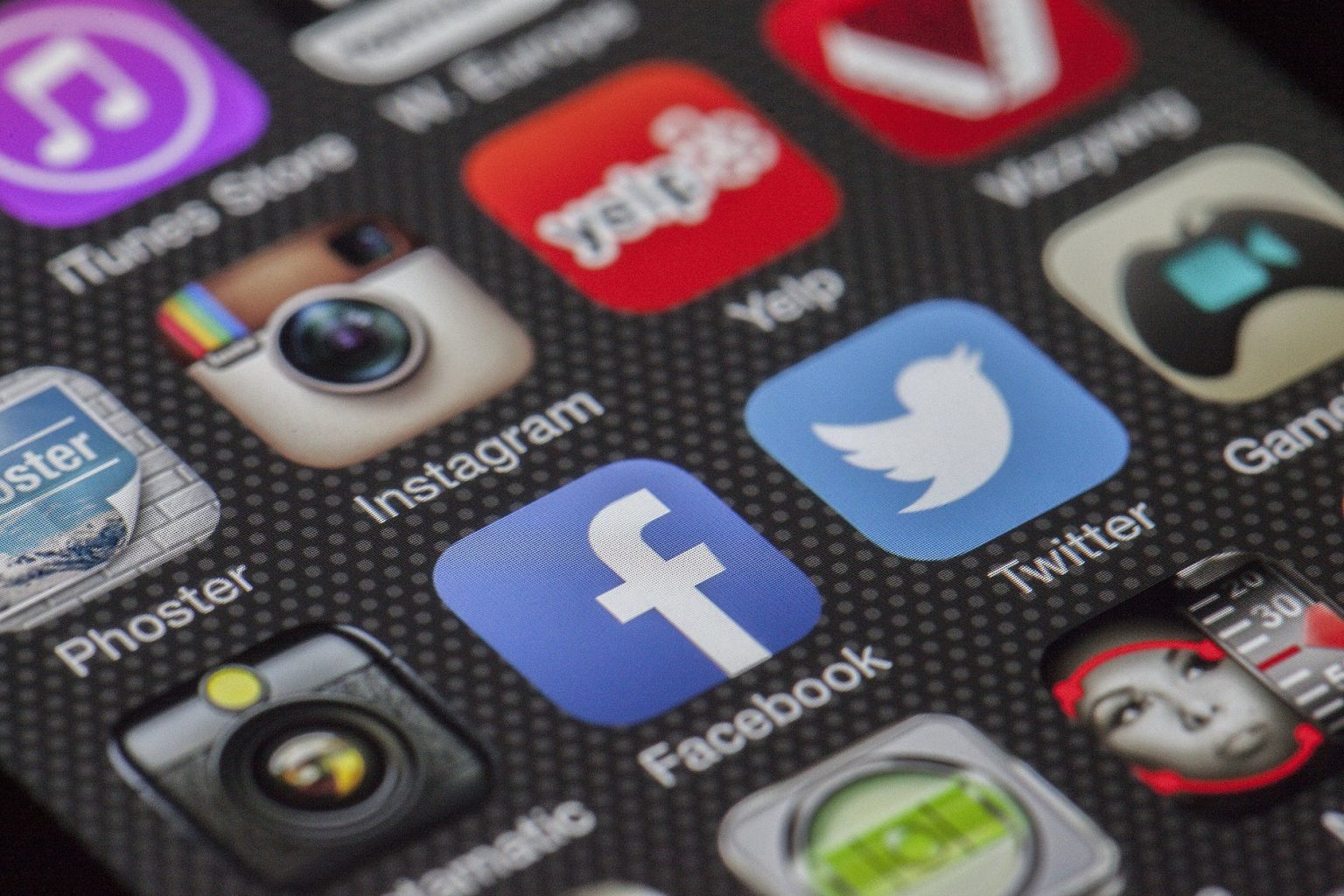Introduction:
The Psychology of Color in Mobile Design is a fascinating topic that explores the impact of color on user experience and perception. Colors have the power to evoke emotions, create visual hierarchy, and influence user behavior. In this article, we will delve into the various aspects of color psychology in mobile design and how it can be used to enhance the user experience.
The Importance of Color in Mobile Design
Color plays a crucial role in mobile design as it can significantly impact how users perceive and interact with an app or website. The right color palette can evoke specific emotions and convey the brand’s personality. For example, warm colors like red and orange can create a sense of urgency or excitement, while cool colors like blue and green can evoke feelings of calmness and trust. By understanding the psychology of color, designers can strategically choose colors that align with the app’s purpose and target audience.
Color Associations and Meanings
Different colors have different associations and meanings, which can vary across cultures and personal experiences. For instance, red is often associated with passion, love, and urgency, while yellow symbolizes happiness and optimism. It is essential for designers to consider these associations when selecting colors for mobile design to ensure they align with the intended message and user perception.
Color Contrast and Accessibility
In mobile design, color contrast is crucial for ensuring accessibility and readability. Poor color contrast can make it difficult for users with visual impairments or color blindness to navigate and interact with an app or website. Designers should consider using contrasting colors for text and background elements to ensure legibility and inclusivity.
Color and Branding
Colors play a significant role in branding and can help create a strong visual identity for an app or website. Consistency in color usage across different touchpoints can enhance brand recognition and establish a sense of familiarity with users. Designers should align the color palette with the brand’s values, target audience, and industry to create a cohesive and memorable brand experience.
Color and Call-to-Action Buttons
The color of call-to-action buttons can significantly impact user behavior and conversion rates. Designers often use contrasting and attention-grabbing colors for call-to-action buttons to make them stand out and encourage users to take action. However, it is important to strike a balance between a visually appealing design and a clear and intuitive user interface.
Conclusion:
The Psychology of Color in Mobile Design is a crucial aspect that can greatly influence user experience and perception. By understanding the impact of color on emotions, associations, contrast, branding, and call-to-action buttons, designers can create visually appealing and user-friendly mobile interfaces. The strategic use of color can help convey the intended message, evoke desired emotions, and enhance the overall user experience.




